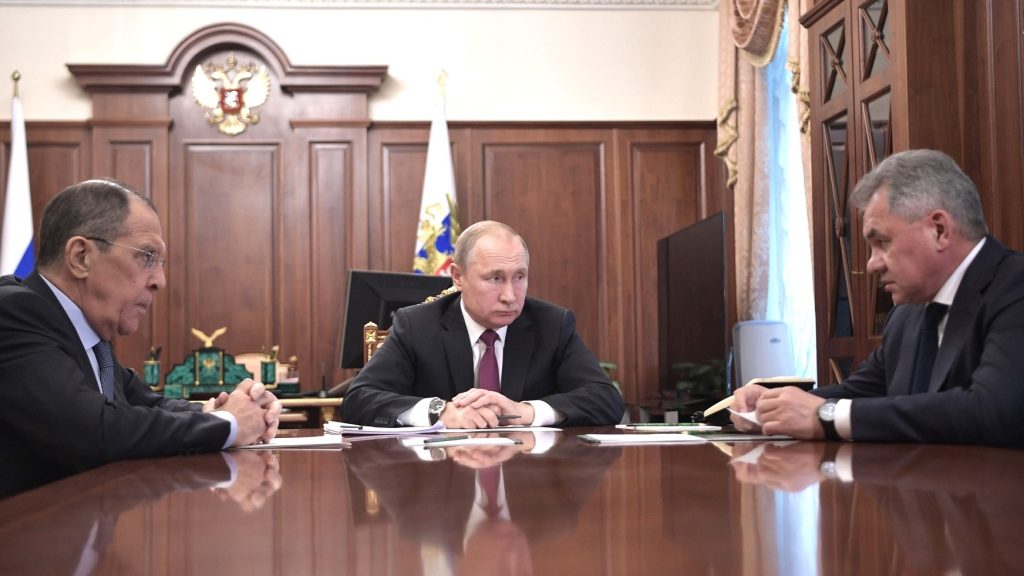The suggestion came during a session of the Russian Geographical Society.
Others are reading now
Throughout history, humanity has sought to push the limits of what is possible.
From cloning animals to sequencing ancient DNA, science has enabled us to explore our past in ways previously unimaginable.
These advancements often raise questions about how far we can — or should — go in merging the boundaries of science and history.
Such debates become particularly charged when they intersect with modern geopolitics.
Also read
Cloning Humans?
Former Russian Defense Minister Sergei Shoigu recently proposed a controversial idea: reviving ancient Scythian warriors using DNA technology, according to WP.
The suggestion came during a session of the Russian Geographical Society and has sparked widespread interest and skepticism.
Shoigu’s fascination with the Scythians is tied to their origins in his native Tuva region, where well-preserved remains were discovered two decades ago.
The Scythians, a nomadic group known for their military dominance and harsh traditions, ruled parts of Eurasia from the 9th to 2nd century BCE.
Shoigu hinted at the potential to extract organic material from the remains, likening the concept to cloning breakthroughs like Dolly the sheep.
While his comments stopped short of explicitly advocating for human cloning, the implications were clear. Reviving Scythian warriors, even hypothetically, raises significant scientific and ethical challenges.
Experts argue that cloning humans, or even humanoid species, remains beyond our reach.
Techniques such as nuclear transfer, which involves inserting a donor cell nucleus into an egg cell, face critical hurdles. In primates, removing the nucleus often disrupts cell division due to the loss of essential proteins.
Despite advancements in cloning animals, replicating such success with humans is fraught with technical and ethical obstacles.
Beyond feasibility, ethical concerns loom large. The prospect of using ancient warriors’ DNA prompts questions about consent, purpose, and morality.
Critics also see the proposal as a distraction from Russia’s ongoing military struggles, including equipment shortages and outdated tactics in the war in Ukraine.


